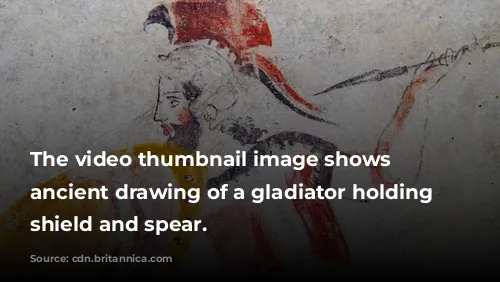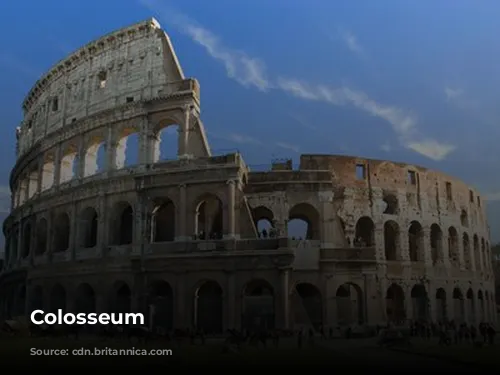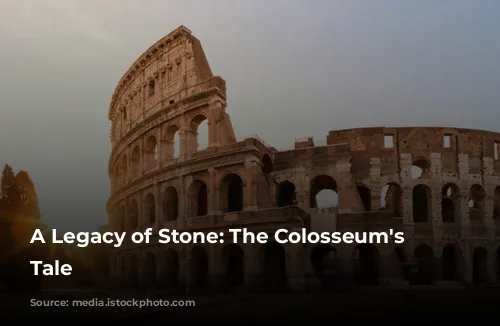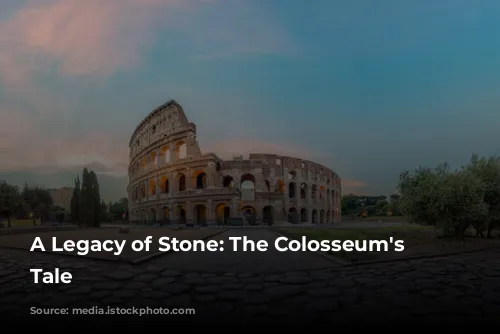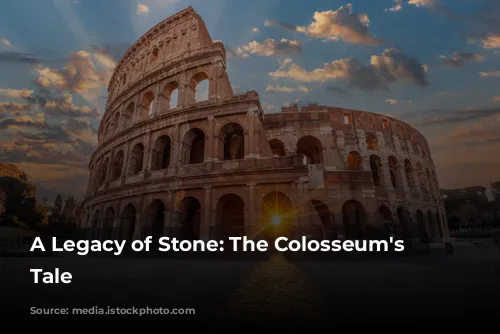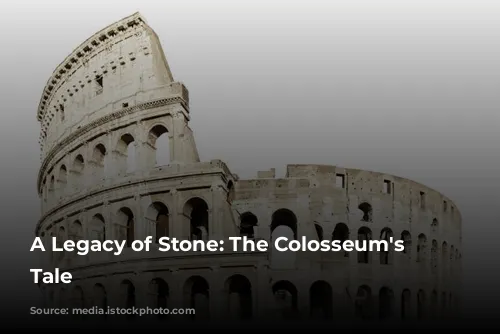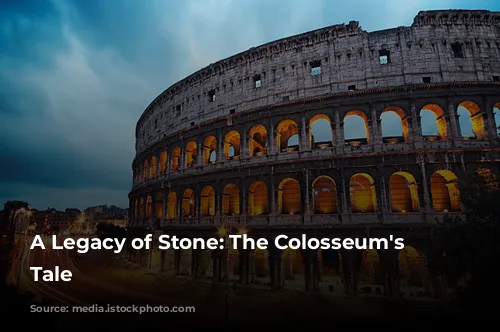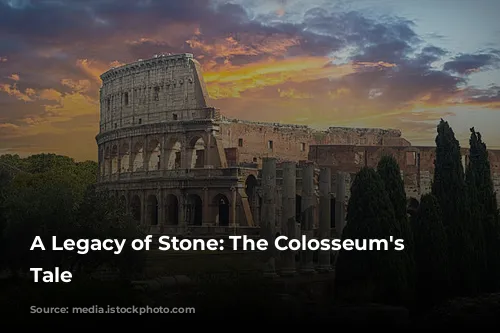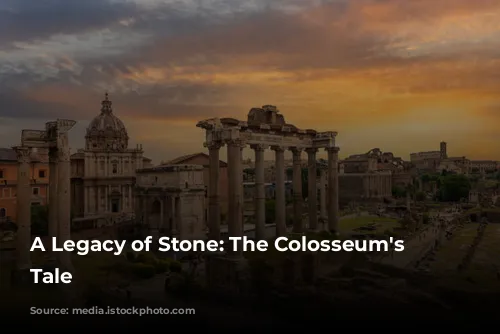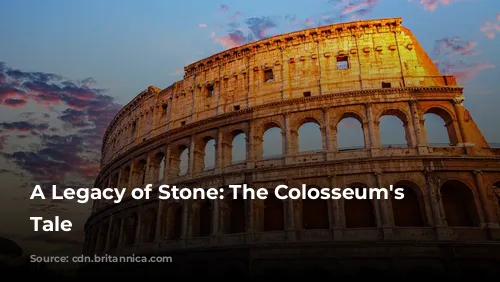Imagine a massive, stone amphitheater, a testament to ancient Roman engineering. This is the Colosseum, one of the few nearly intact structures left from the Roman Empire. It stands today as a symbol of the Romans’ impressive architectural and engineering skills. But it’s not just a historical relic – the Colosseum is a major tourist draw, bringing in millions of dollars for the Italian government every year. In fact, the Colosseum, Roman Forum, and Palatine Hill together drew in over $63.3 million (€53.8 million) in 2018, making it the most popular tourist attraction in all of Italy.
From Arena to Fortress
The Colosseum, however, has not always been a bustling tourist site. After the fall of the Western Roman Empire, the Colosseum fell into a state of disrepair. The arena was even used as a fortress by the Frangipane and Annibaldi families during the 12th century. Fast forward to the late 15th century, and Pope Alexander VI gave the go-ahead to use the Colosseum as a quarry! Imagine, a monument to ancient Rome being used as a source of building materials! For over a thousand years, the Colosseum suffered neglect. It wasn’t until the 1990s that state-funded restoration efforts finally began to bring this incredible structure back to life.
A Symbol of Imperial Power
The Colosseum was built during a turbulent time in Roman history. The year 69 CE was known as the “Year of the Four Emperors” due to the rapid succession of rulers. The Roman Emperor Vespasian, seeking to revitalize the city after this chaotic period, decided to build the Colosseum. Like other amphitheaters of the time, he envisioned it as a place for entertainment, a venue for gladiator fights, animal hunts, and even mock naval battles!
Construction on the Colosseum began under Vespasian’s reign between 70 and 72 CE. His son and successor, Titus, dedicated the completed structure in 80 CE. The Colosseum’s fourth story was added later by Emperor Domitian in 82 CE. The arena was financed with the spoils of war, particularly the plunder taken by Titus during the sack of Jerusalem in 70 CE. Sadly, the Colosseum was built using the labor of enslaved Jews from Judaea.
A Monument to Engineering
The Colosseum is an elliptical amphitheater, a testament to Roman ingenuity. Built with stone, concrete, and tuff, it stands four stories tall, spanning 620 by 513 feet (189 by 156 meters). It could hold up to 50,000 spectators! The Colosseum was most famous for its gladiatorial combats, but its use was much broader than just that. The arena featured a massive retractable awning called a velarium that shielded the spectators from the sun. Hundreds of Roman sailors were needed to manipulate the velarium’s complex rigging. The Colosseum saw thousands of gladiatorial combats, man-vs-animal fights, and even mock naval battles. While there are some who believe that the arena was used for the martyrdom of early Christians, evidence for this claim is not conclusive.
From Glory to Neglect
The Colosseum’s story doesn’t end with its grand construction. During the Middle Ages, it was used as a church and later as a fortress by powerful families. The Colosseum suffered damage from lightning, earthquakes, and vandalism. For over a thousand years, it was stripped of its marble and other decorative materials, used as a quarry. Thankfully, preservation efforts began in the 19th century, gaining momentum in the 1990s with a major restoration project.
The Colosseum continues to be one of Rome’s most popular tourist attractions, welcoming millions of visitors every year. Regular exhibitions showcase the culture of ancient Rome, keeping the spirit of this amazing structure alive for future generations. The Colosseum stands as a powerful reminder of the might and ingenuity of the Roman Empire, a symbol of a bygone era that continues to enchant and inspire us today.

